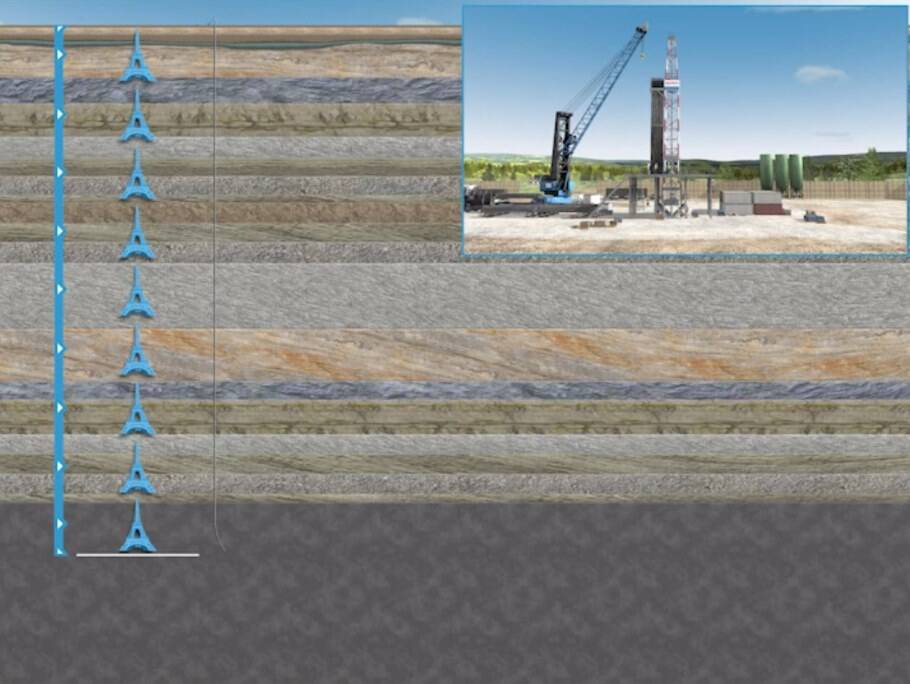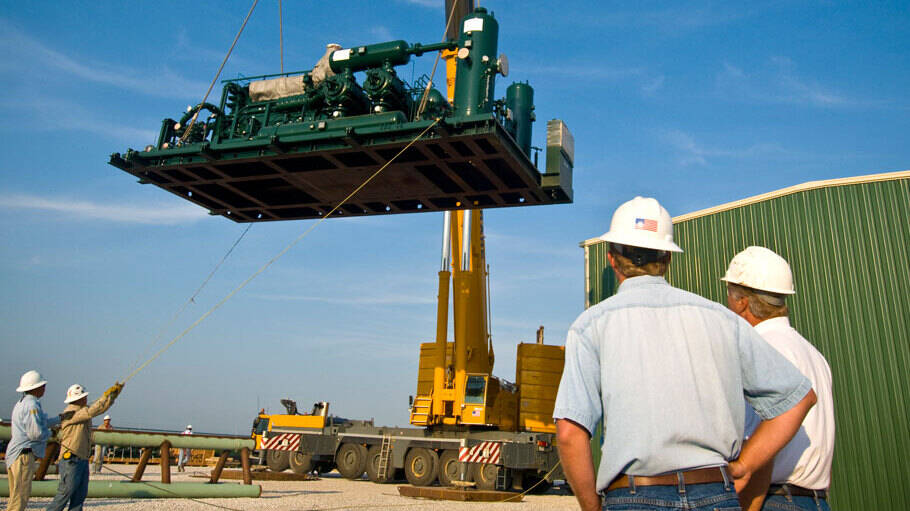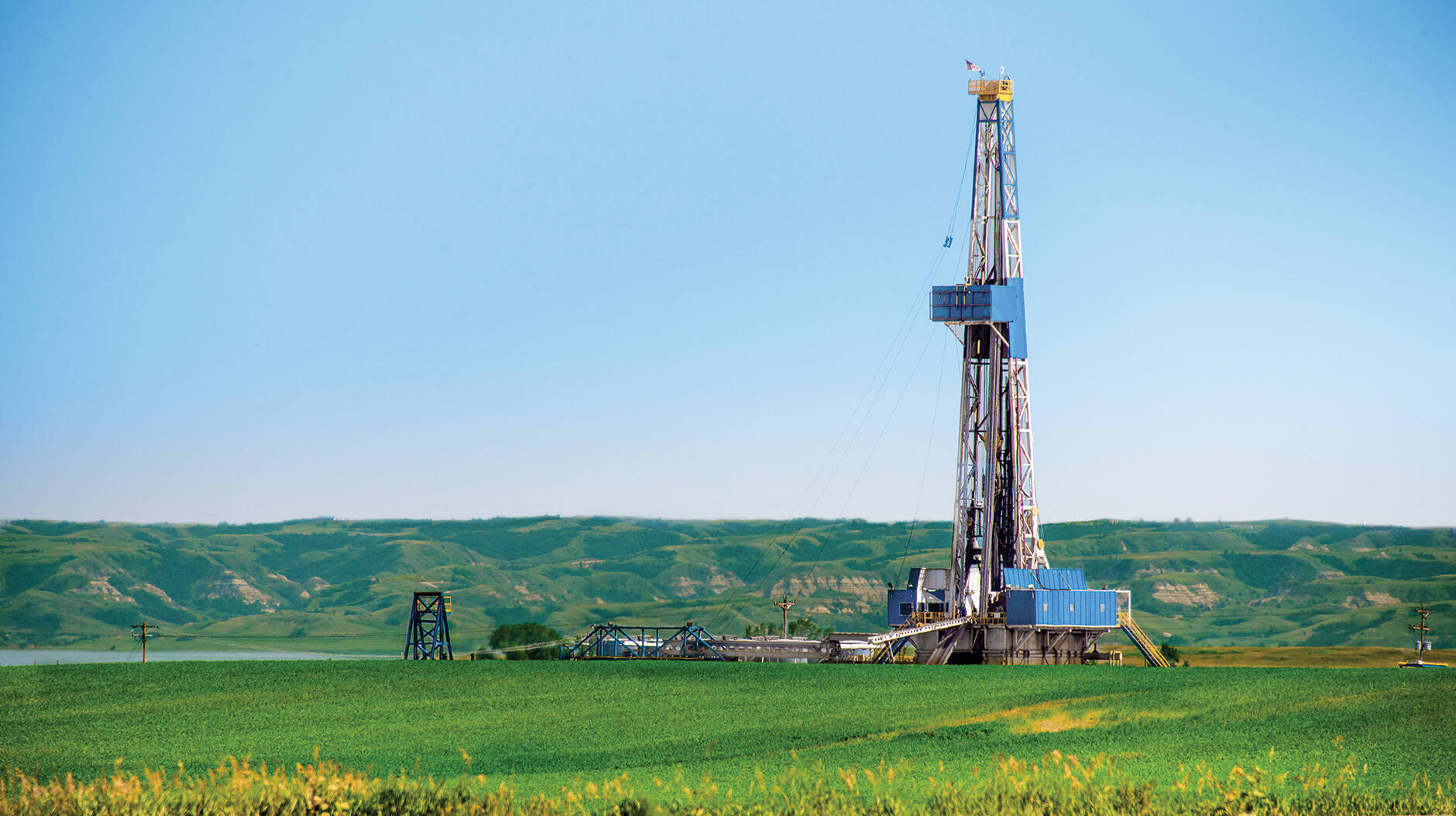selected item
Article
Horizontal drilling
Article
Vertical drilling allows an operator to contact approximately 100 feet of rock, straight down into a formation, which often limits the potential recovery of oil or gas which would flow into that length of pipe.
Horizontal drilling, or essentially drilling sideways, is a true testament to engineering and scientific innovation. This extended reach technology enables XTO to develop long-reach wells that can extend horizontally for miles underground. Through the use of horizontal drilling, multiple wells can be drilled from the same surface location and can develop a large area of the shale gas resource, while using less land at the surface. This means higher recovery rates, maximizing returns from each well, and limiting the need to drill many vertical wells to access the same resource.
The technology is so advanced that drillers today can hit a target with precision, and use sensors to detect promising rock intervals within the formation, moving the drill string up or down or left or right.
Related content

What are unconventional resources?
In unconventional oil and natural gas development, the oil and gas is found in low permeability reservoirs.
Article

Benefits of natural gas and oil
Natural gas offers reliable, flexible power generation with significantly reduced CO2 emissions at a competitive price, making it a long-term solution to meeting the world’s future energy needs.
Article

Well construction and integrity
A properly designed and constructed oil and gas well is essential to protecting the water table and ensuring successful production.
Article

Phases of natural gas production
Before any wells are drilled, extensive surveillance is done to study the locations of the underground natural gas reservoir and the nature of the local topography, so as to ensure minimal impact of operations on the local community.
Article
